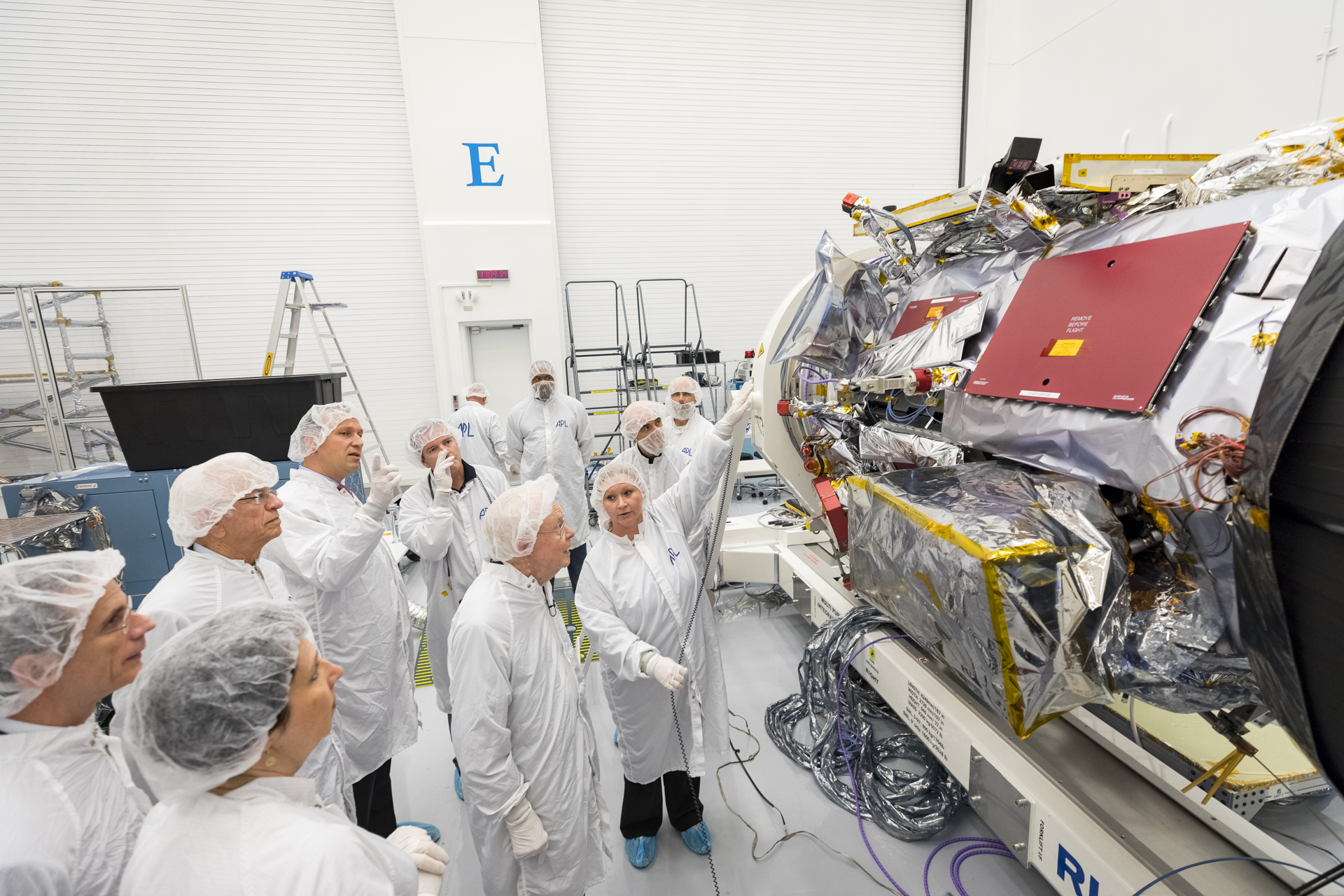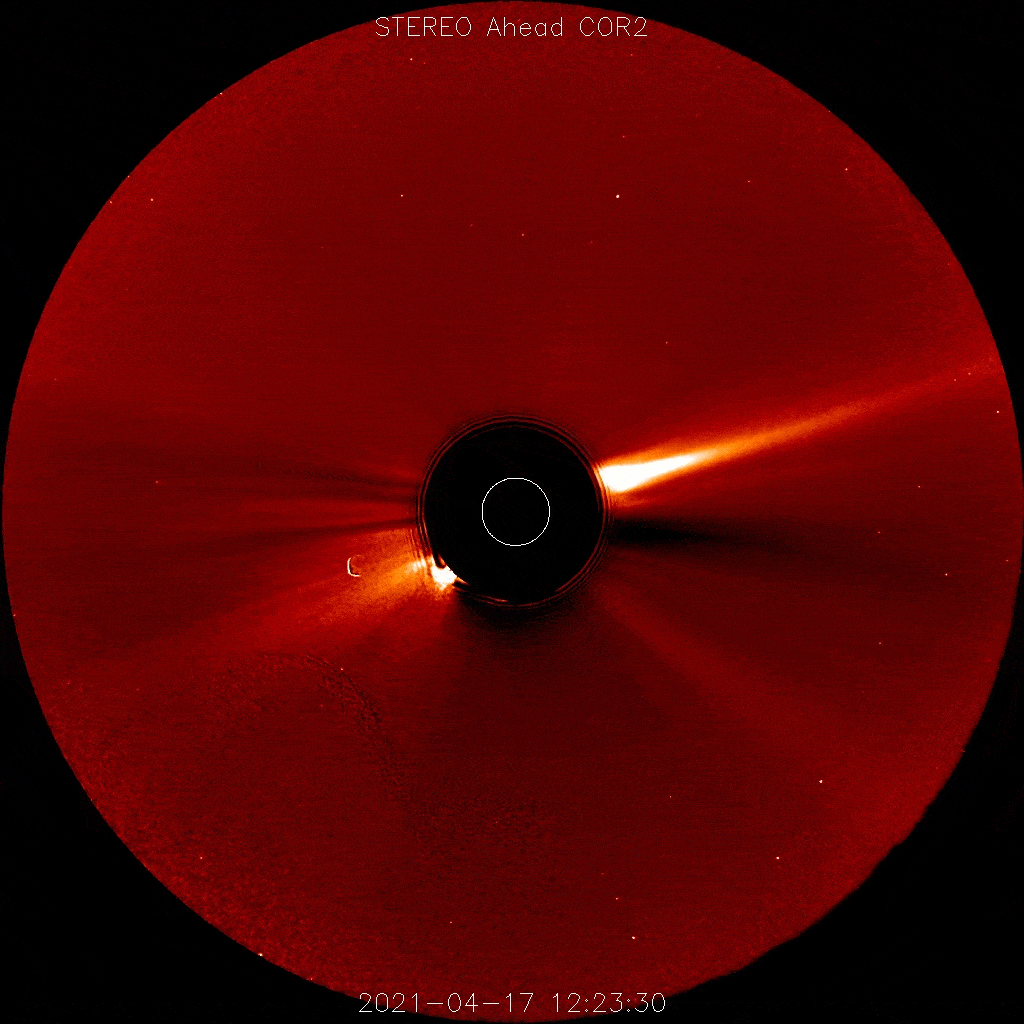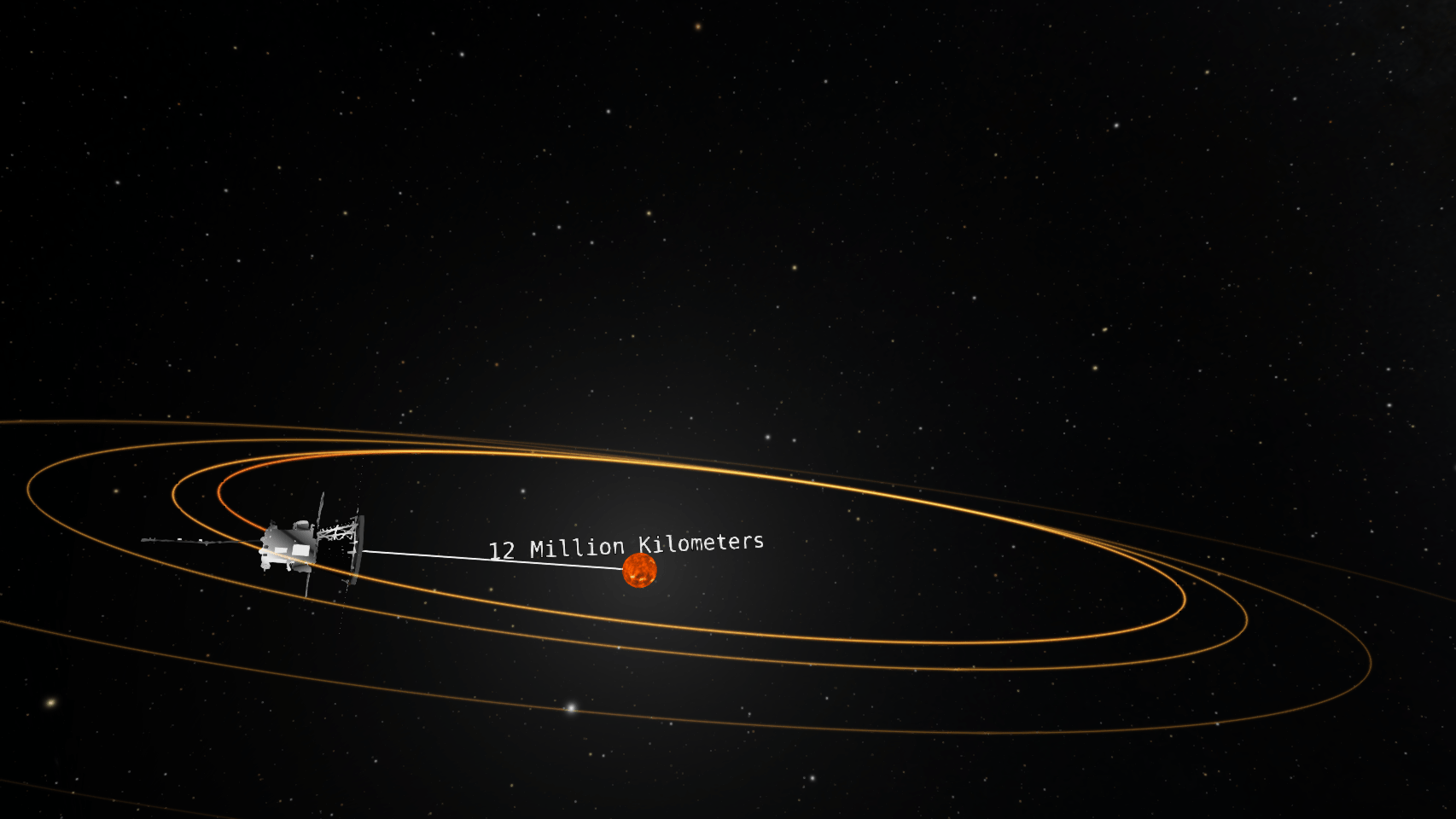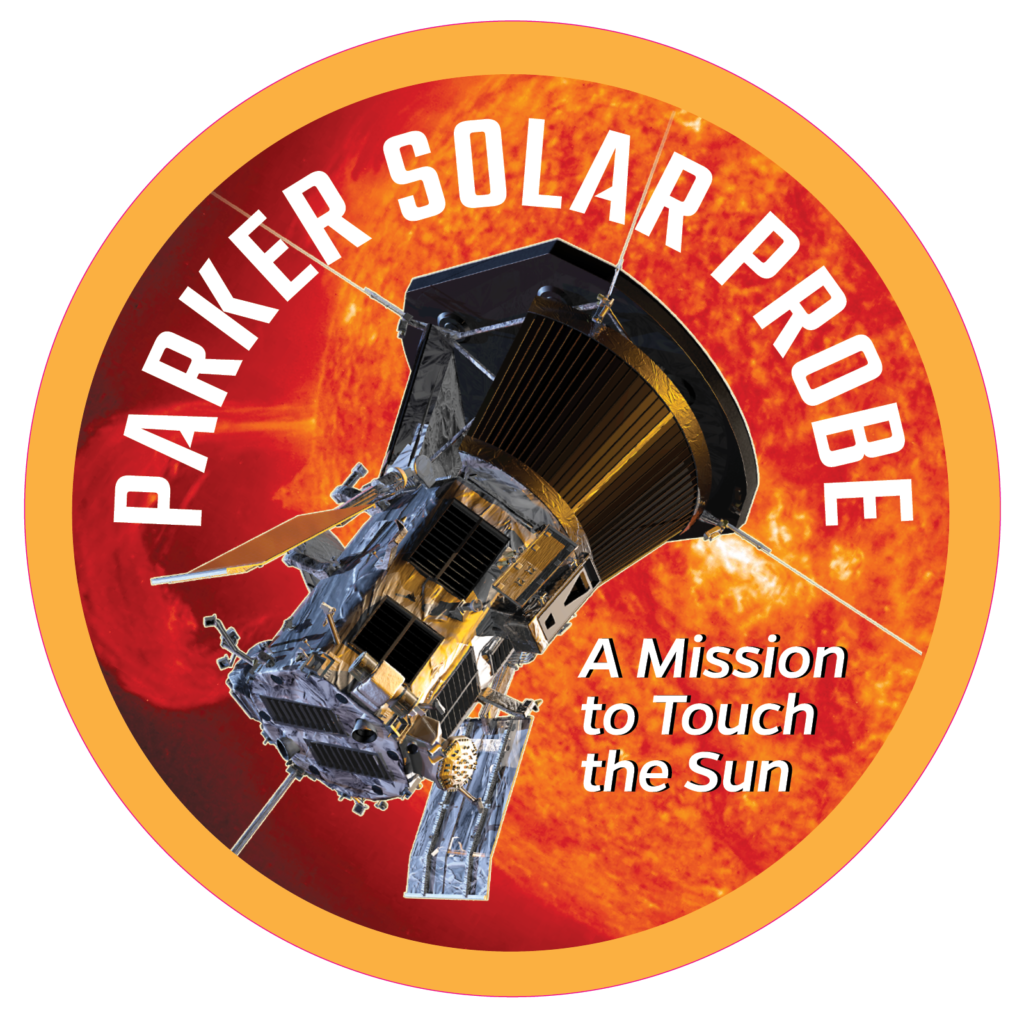
Parker Solar Probe
Parker Solar Probe
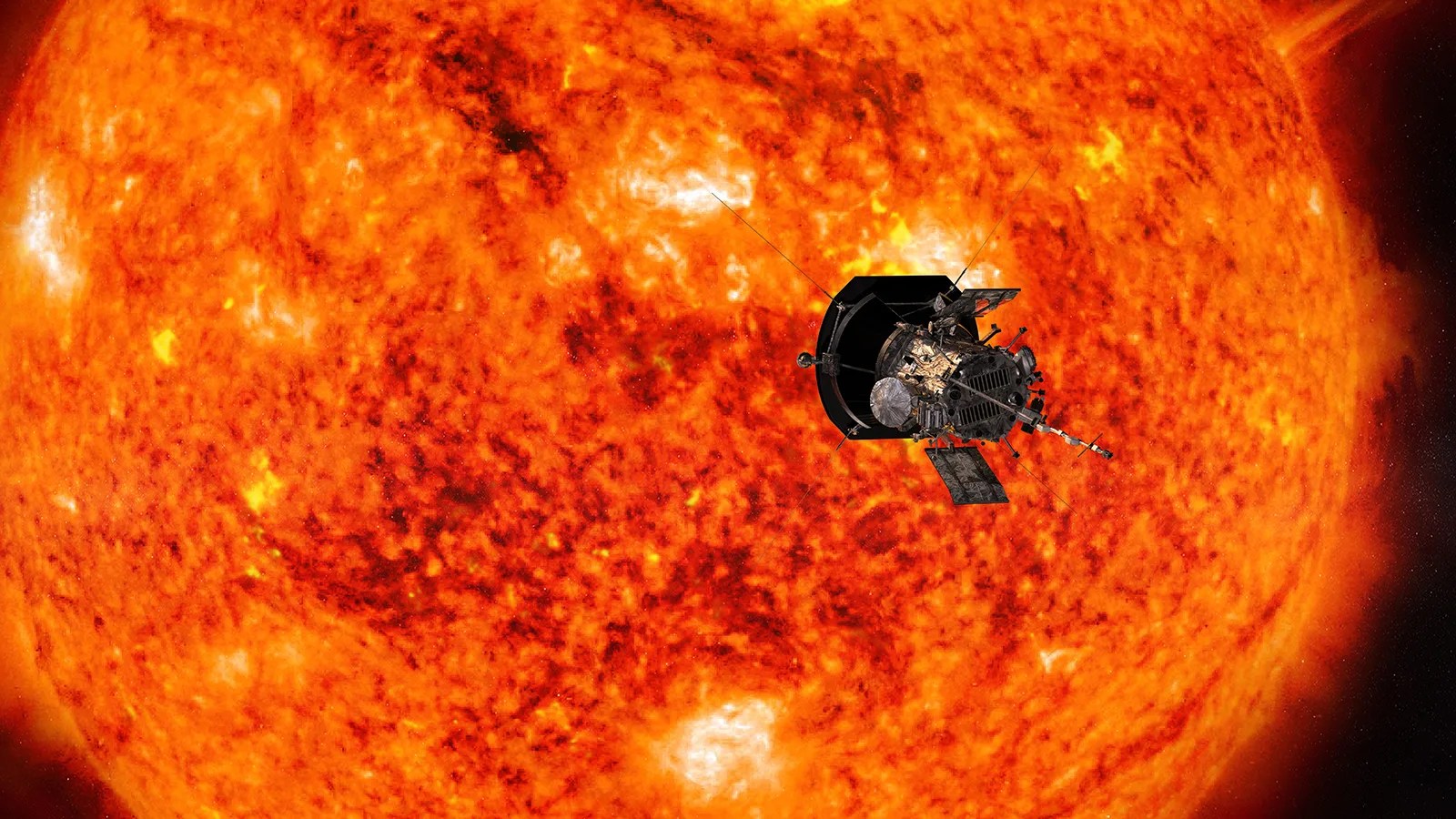
What is Parker Solar Probe?
NASA's Parker Solar Probe will revolutionize our understanding of the Sun. The spacecraft is gradually orbiting closer to the Sun’s surface than any before it – well within the orbit of Mercury. Flying into the outermost part of the Sun's atmosphere, the corona, for the first time, Parker Solar Probe is collecting measurements and images to expand our knowledge of the origin and evolution of solar wind. It also makes critical contributions to forecasting changes in the space environment that affect life and technology on Earth.
- Parker will fly more than seven times closer to the Sun than any spacecraft.
- Over seven years, the spacecraft will complete 24 orbits around the Sun.
- At its closest approach, the spacecraft will come within about 3.9 million miles (6.2 million kilometers) of the Sun.
Nation | United States of America (USA) |
Objective(s) | Solar Orbit |
Spacecraft | Parker Solar Probe (Solar Probe Plus) |
Spacecraft Mass | 1,510 pounds (685 kilograms) at launch |
Mission Design and Management | NASA's Goddard Space Flight Center / Johns Hopkins University Applied Physics Laboratory |
Launch Vehicle | Delta IV-Heavy with Upper Stage |
Launch Date and Time | Aug. 12, 2018 / 7:31 UTC) |
Launch Site | Cape Canaveral Air Force Station, Fla. |
Scientific Instruments | 1. Fields Experiment (FIELDS) 2. Integrated Science Investigation of the Sun (IS☉IS ) 3. Wide Field Imager for Solar Probe (WISPR) 4. Solar Wind Electrons Alphas and Protons (SWEAP) |
To perform its unprecedented investigations, the Parker Solar Probe and its instruments are protected from the Sun by a 4.5-inch-thick (11.43 cm) carbon-composite shield, which can withstand temperatures reaching nearly 2,500 degrees Fahrenheit (1,377 Celsius).
In Depth: Parker Solar Probe
NASA's Parker Solar Probe is diving into the Sun’s atmosphere, facing brutal heat and radiation, on a mission to give humanity its first-ever sampling of a star’s atmosphere.
On Dec. 14, 2021, NASA announced that Parker had flown through the Sun’s upper atmosphere – the corona – and sampled particles and magnetic fields there. This marked the first time in history, a spacecraft had touched the Sun.
Parker Solar Probe is designed to swoop within about 4 million miles (6.5 million kilometers) of the Sun's surface to trace the flow of energy, to study the heating of the solar corona, and to explore what accelerates the solar wind.
During its journey, the mission will provide answers to long-standing questions that have puzzled scientists for more than 60 years: Why is the corona much hotter than the Sun's surface (the photosphere)? How does the solar wind accelerate? What are the sources of high-energy solar particles?
We live in the Sun's atmosphere and this mission will help scientists better understand the Sun's impact on Earth. Data from Parker will be key to understanding and, perhaps, forecasting space weather. Space weather can change the orbits of satellites, shorten their lifetimes, or interfere with onboard electronics.
Parker can survive the Sun's harsh conditions because cutting-edge thermal engineering advances protect the spacecraft during its dangerous journey.
The probe has four instrument suites designed to study magnetic fields, plasma, and energetic particles, and image the solar wind.
The mission is named for the late Dr. Eugene N. Parker, who pioneered our modern understanding of the Sun. As a young professor at the University of Chicago in the mid-1950s, Parker developed a mathematical theory that predicted the solar wind, the constant outflow of solar material from the Sun. Throughout his career, Parker revolutionized the field time and again, advancing ideas that addressed the fundamental questions about the workings of our Sun and stars throughout the universe.
He died March 15, 2022, at age 94.
In 2018, Parker became the first person to witness the launch of a spacecraft bearing his name. NASA’s Parker Solar Probe continues its mission today in pursuit of the pioneering questions Parker first envisaged more than a half century ago.
Key Sources
- NASA's Parker Solar Probe Portal
- Johns Hopkins University Applied Physics Laboratory: Parker Solar Probe
Eugene Parker Meets Parker
On Oct. 3, 2017, Eugene N. Parker, professor emeritus at the University of Chicago, visited the spacecraft that bears his name: NASA’s Parker Solar Probe. This is the first NASA mission named for a living researcher and it's humanity’s first mission to explore the Sun up close.
Parker Solar Probe Stories
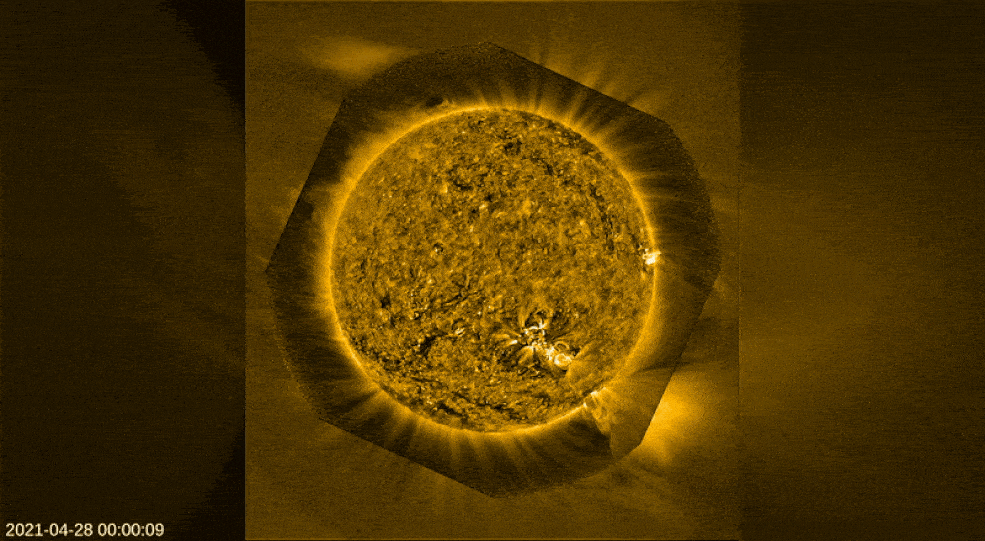
NASA Missions Find ‘Jetlets’ Could Power the Solar Wind
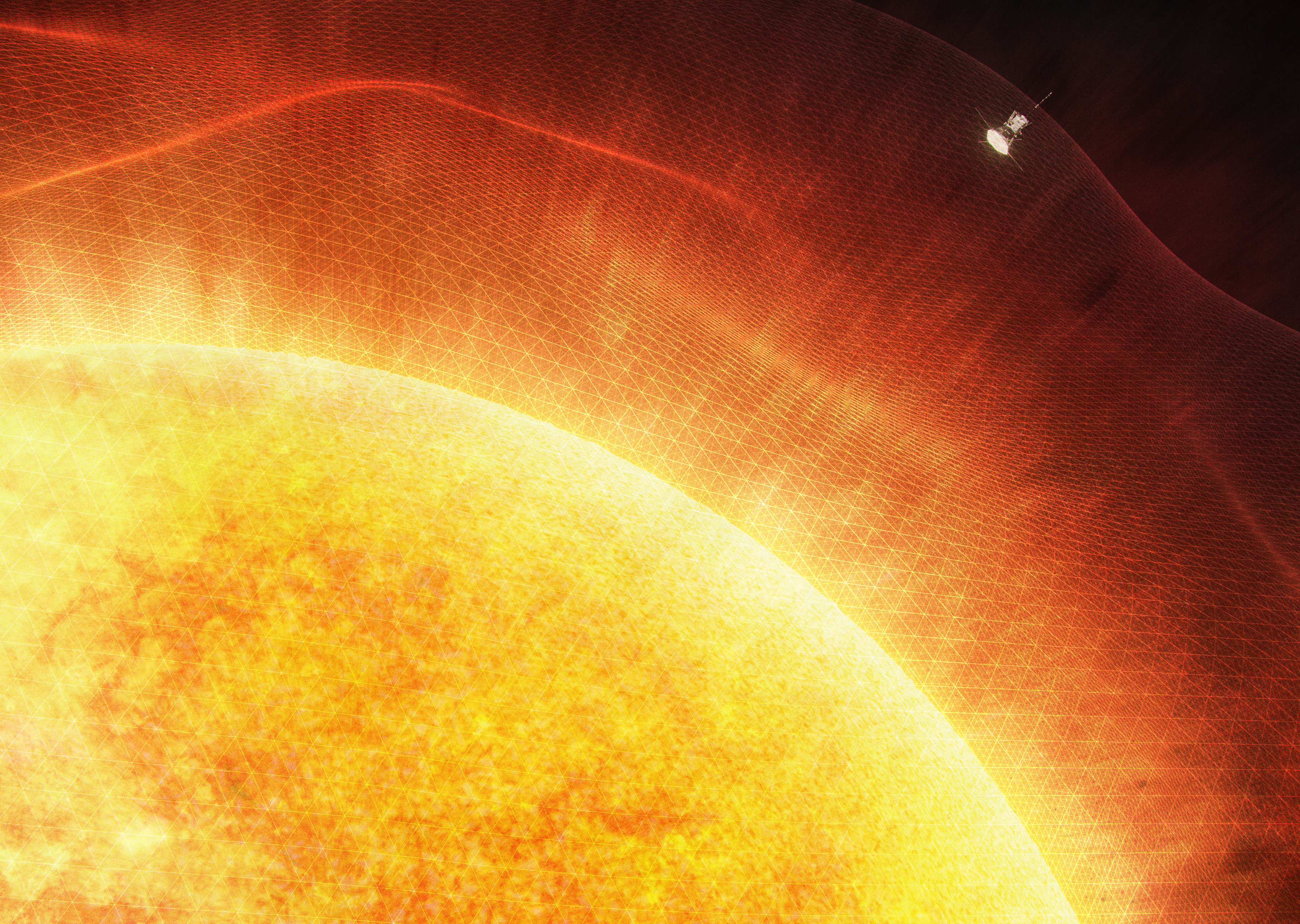
NASA Enters the Solar Atmosphere for the First Time, Bringing New Discoveries
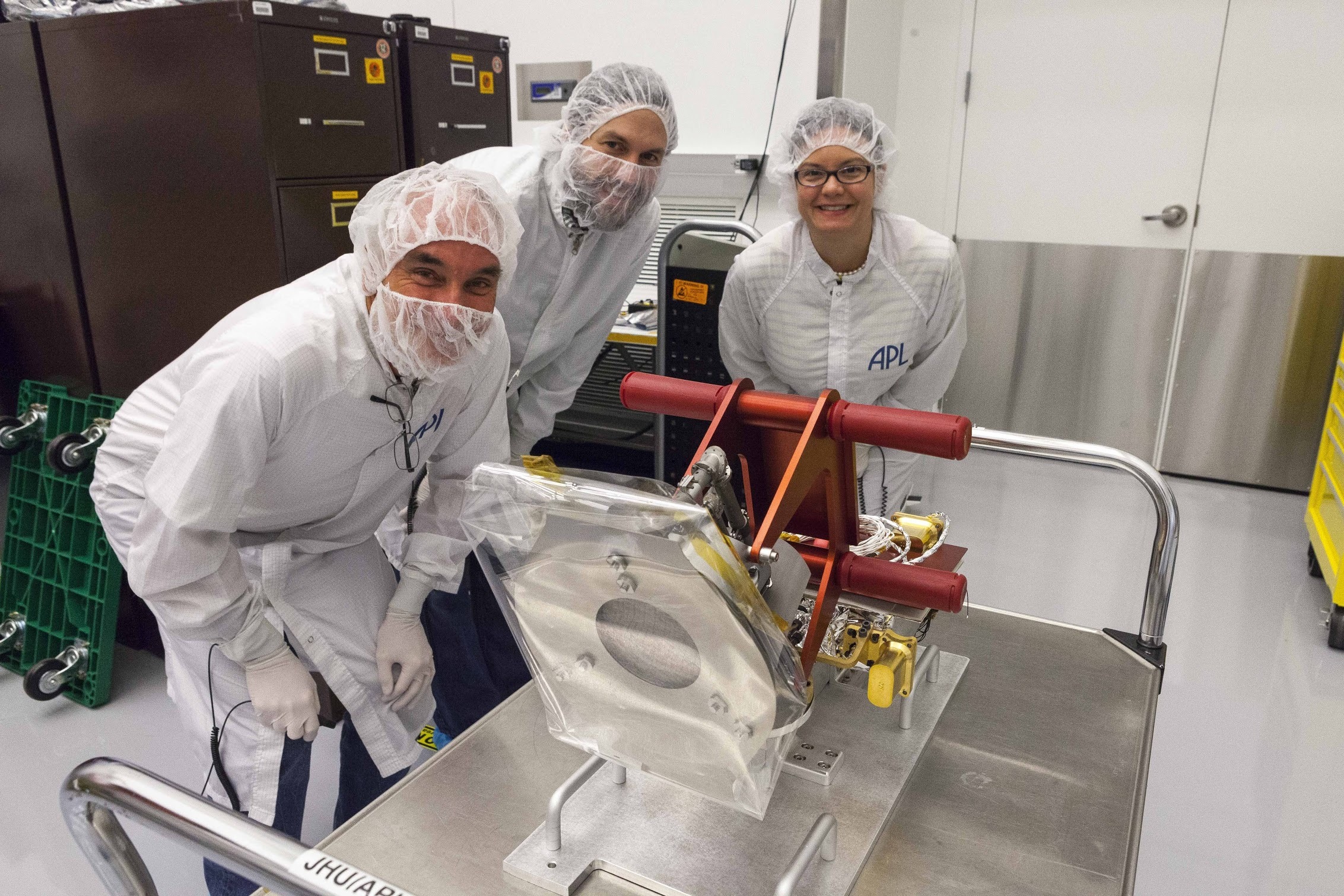
NASA Scientist Kelly Korreck on the Journey to the Sun, and What It Takes to Get There

